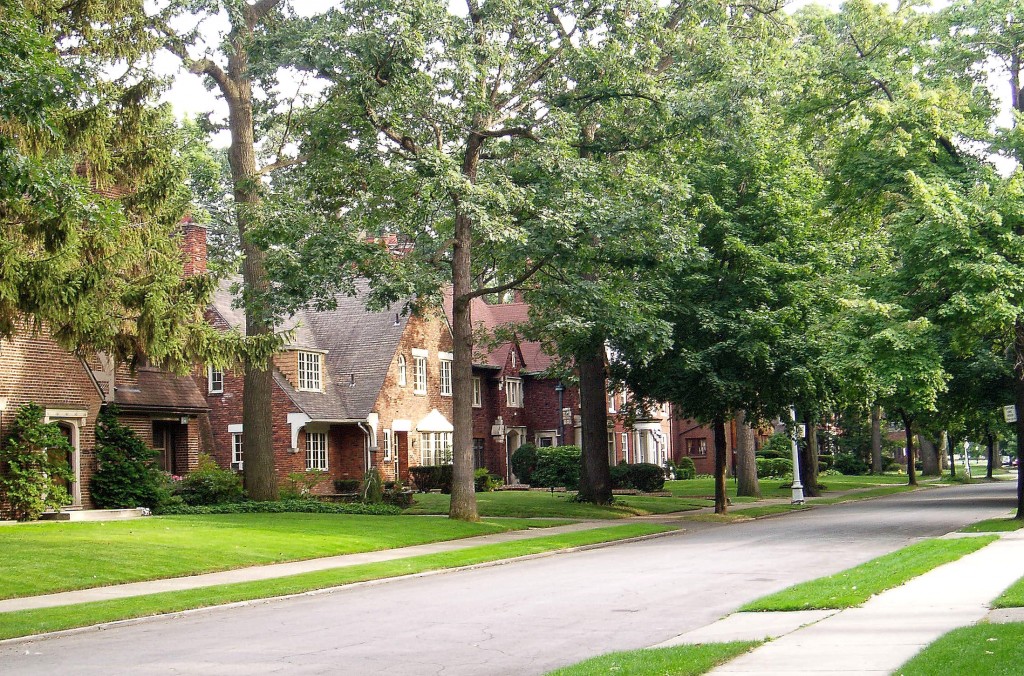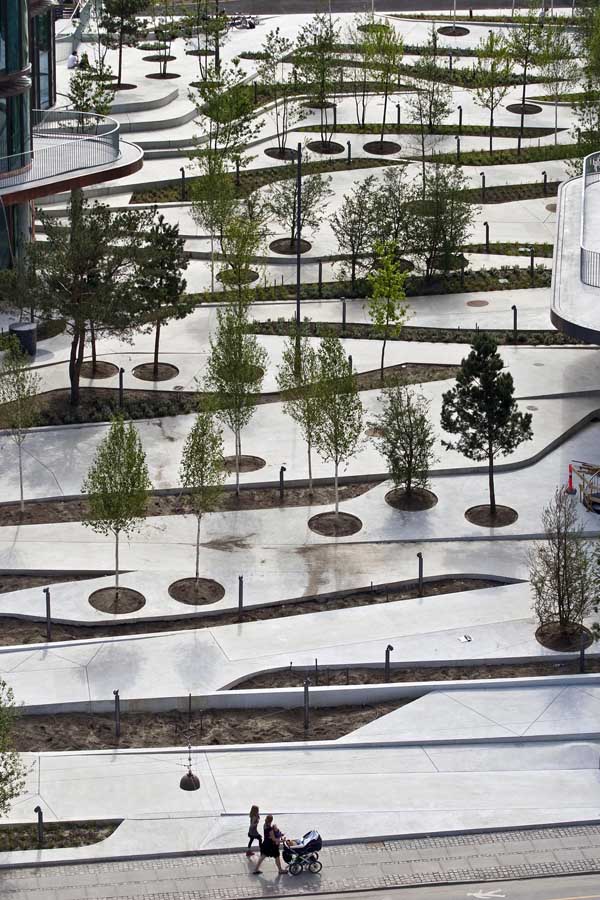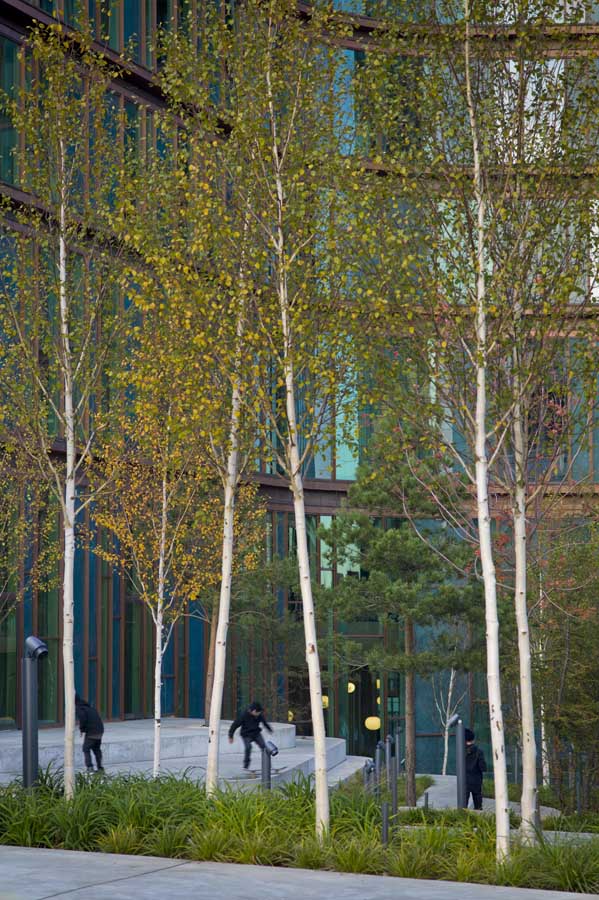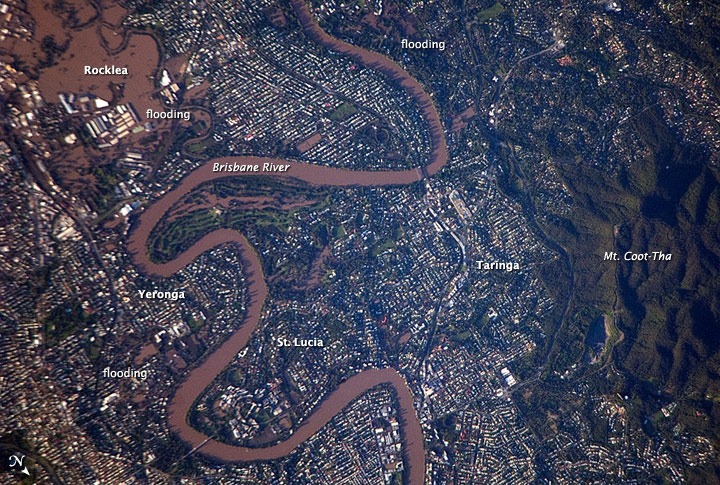China’s number one mascot the giant panda (ailuropoda melanoleuca) are only found in the bamboo forests of south western China. “They occupy 6 small forest fragments in the provinces of Sichuan, Gansu and Shaanxi. (5,400 square miles).”
The panda is well travelled in popular culture, as well as being a local hero. With the recent release of Kung Fu Panda, the panda Po looks set to win over another generation of children to panda love.
Habitat fragmentation (by roads and railroads) and destruction and poaching (for their pelts) are still major threats to the Giant Panda, even though poachers and smugglers have received death penalties or long prison terms. Pandas are often injured in traps and snares set for other animals.
Emerging threats to the panda populations are mining, hydropower and tourism. A giant panda may consume 26-83 pounds of bamboo a day to meet its energy requirements.








